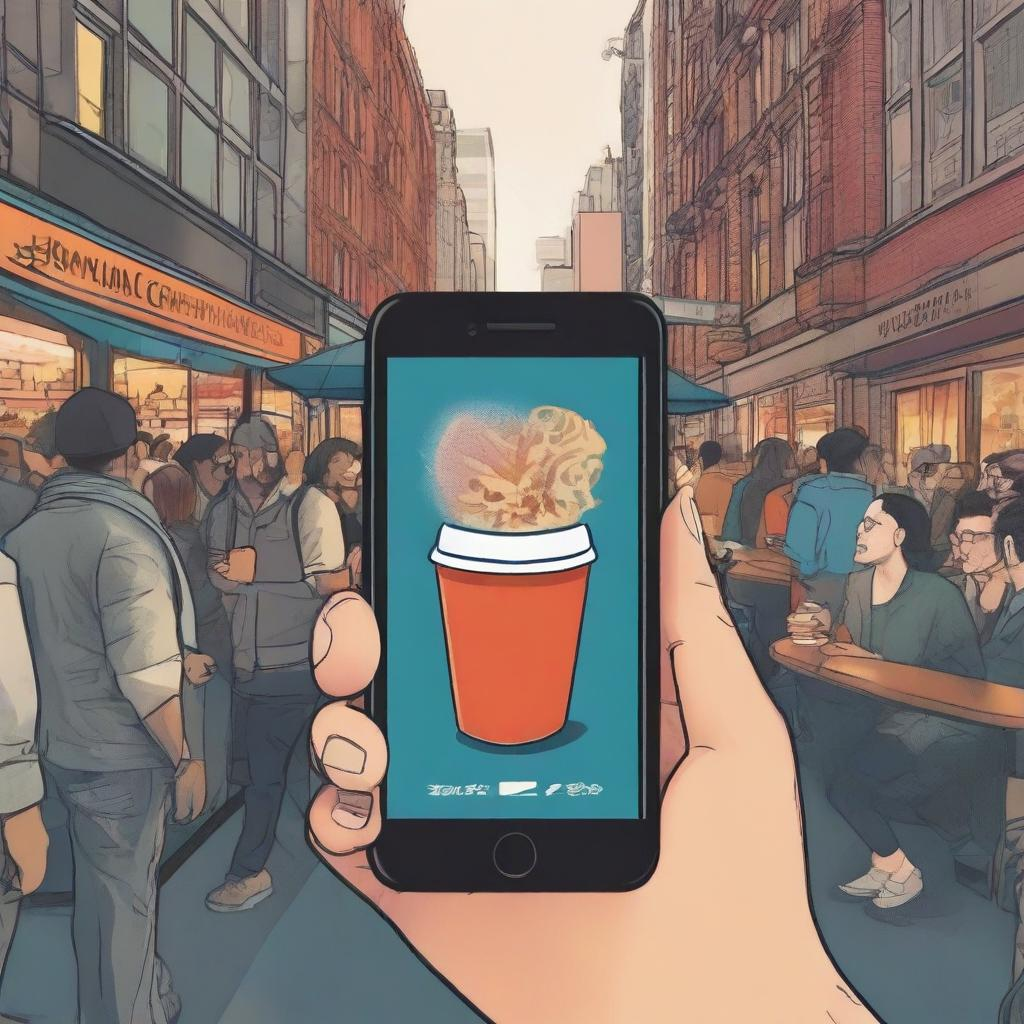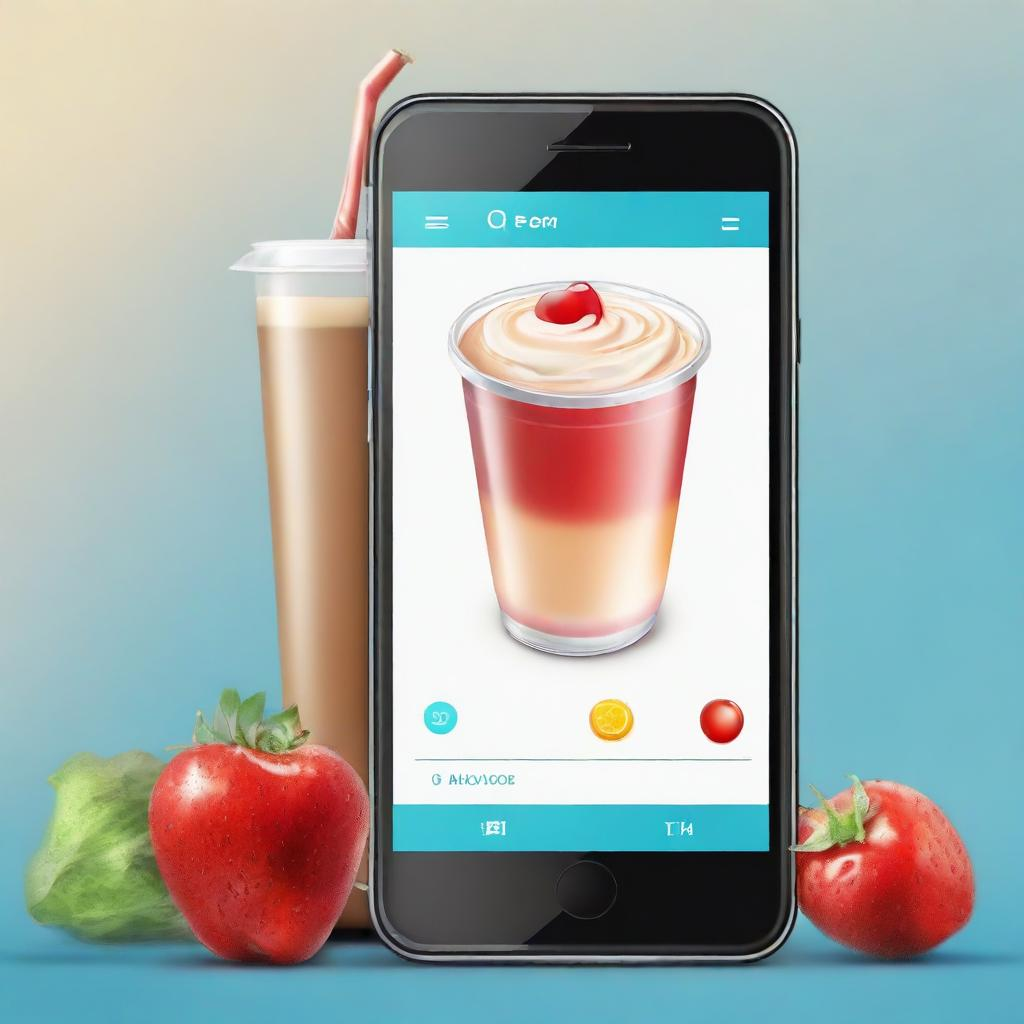First things, first: the eponymous cook behind Aunt Ethel’s Pot Pies is only sort of a real person. “She’s an amalgam of a real person,” laughs Sasha Millstein, the company’s founder.
In real life, Millstein does have an aunt, named Alicia, who made a career cooking catering orders at a specialty store in New York City’s Upper East Side. After the shop closed, customers still craved the chicken salad, meatloaf, and beef bourguignon—so she kept making it for them, forming an accidental retail business.
Alicia always hated her middle name, Ethel, but the whole family agreed that Aunt Ethel’s was the perfect name for Millstein’s company, which sells frozen versions of her aunt’s beloved pot pies. “We wanted it to outlive us, not to be associated with a specific person,” Millstein explains.
“These are her recipes that she’s been making for 30 years and selling to private clients. Her favorite line to say to me was, ‘I can afford to die, but I can’t afford to get hurt.’ She had a strong brand, but she had little to show for herself financially. I said to her, let’s try to commercialize your success and scale it.”
Now, that’s exactly what she’s doing—with help from the frozen food aisle. Read on to learn how Aunt Ethel’s is bringing a fresh perspective to frozen foods.

1. Identify an underserved segment.
A longtime follower and investor in Shopify, Millstein knew she wanted to enter the ecommerce space and start selling products online. Shipping frozen foods posed a logistical challenge, but that didn’t scare her away—she knew the opportunities would outweigh the costs.
“We’ve seen a paradigm shift for frozen food,” says Millstein. “When our parents grew up in the ‘50s and ‘60s, it became institutionalized. Then we hit a point in the health system where we started pedaling backward—it was more accessible but less nutritious.”
But it’s a misconception that frozen foods have to be inferior, Millstein insists. Millstein’s aunt Alicia created gourmet food and froze it for clients, who would pay up to $30 a quart for her delicacies. Frozen food had the potential to be gourmet, healthy, and desirable.
“The frozen food section has a lot of room for growth,” Millstein says. “I think the idea of creating fine frozen food is going to take hold, and we’re going to turn to it as a nutritious, higher-end source of food.”
2. Adapt recipes for new routes.
After the idea of Aunt Ethel’s was born, Millstein and her aunt held a two-day pop-up in New York City and sold out every single pot pie they had. They noticed that some people who bought one on the spot would take as many as five or seven to go. Millstein realized: “This is not a brick and mortar, it’s retail.”
They tried every frozen pot pie on the market and deemed them all “garbage,” due to two common pain points. First, the bottom brust inevitably got soggy from the filling on top, so they removed it entirely, eliminating significant calories. Secondly, the pies took about an hour to reheat—far too long for convenience food. In a lightbulb moment, they separated the crust from the filling so that each component could be heated separately (think yogurt packaging, with the granola on top). That’s the same way Millstein’s aunt used to prepare them in her restaurant.
“That’s when I realized we had something,” Millstein remembers. Because they didn’t have a model for the finished product, the whole R&D operation took upwards of six months. Even a consultant couldn’t find the right packaging for them. What did work, appropriately, was scaling the same process “Aunt Ethel” had been using for decades.

3. Find markets made for retention.
For CPG businesses, “omnichannel presence” is the buzzphrase of the moment, as they strive to master retail, online, wholesale, and all the rest at once. But Millstein knew she needed to take a step back and identify her target markets before tackling every sales avenue.
Frozen foods can be cost-prohibitive to sell online in one-off purchases. That’s where subscriptions come in—and for Aunt Ethel’s, the markets for subscriptions are many. It’s the parents buying for their college students who need a break from cafeteria food or healthy snacks for the dorm room. It’s the health-conscious folks trying to lose weight with low-calorie options within arm’s reach. (Aunt Ethel’s pot pies have half the calories of competitors.) It’s the techies working from home, grabbing lunch between meetings.
When Millstein first mentioned the idea of subscriptions to her aunt, she was skeptical, but their 23-year-old marketing hire knew better. “She was like, ‘Are you crazy? Everybody loves subscriptions!’” Millstein says. “Subscriptions have come back in a much bigger way during the pandemic.”

















.svg)





.svg)
.svg)








.png)







.webp)










